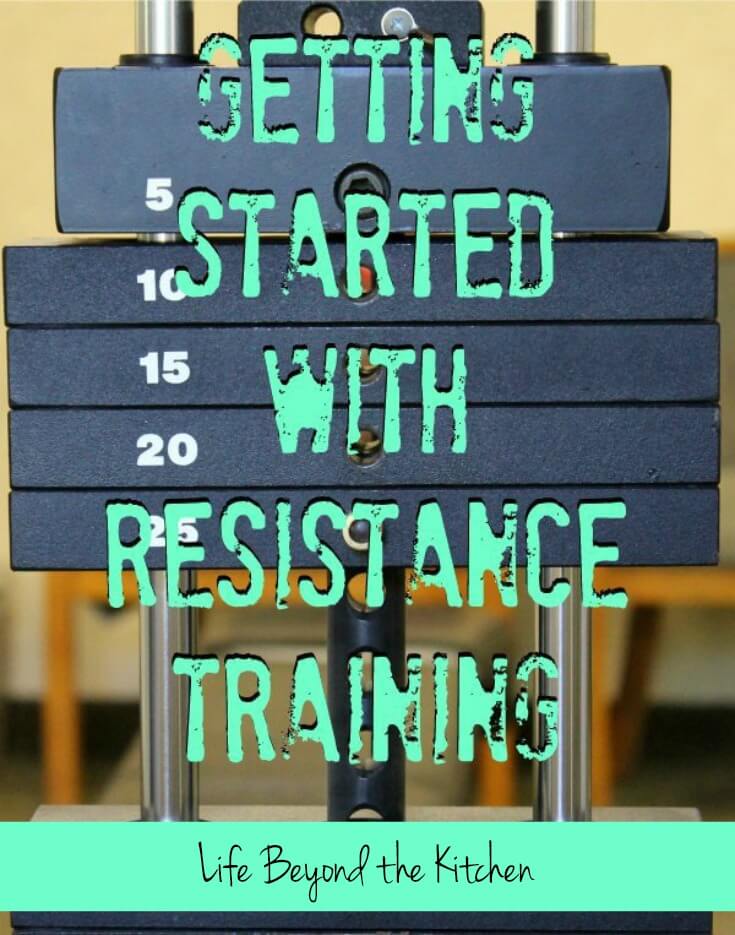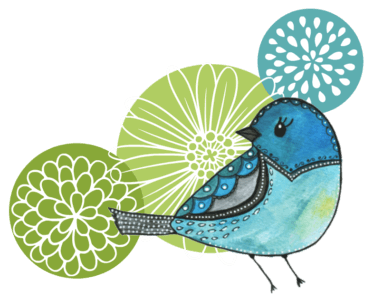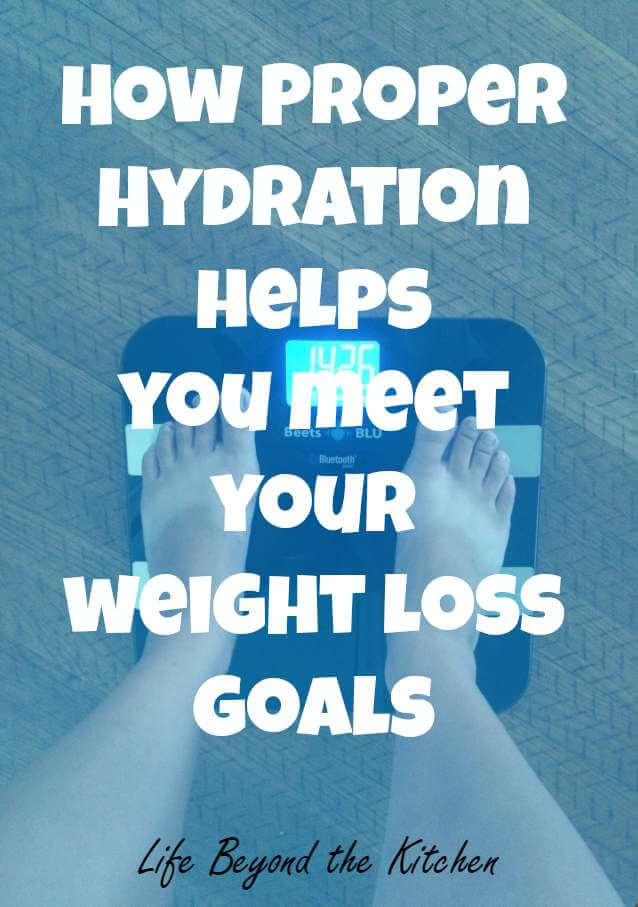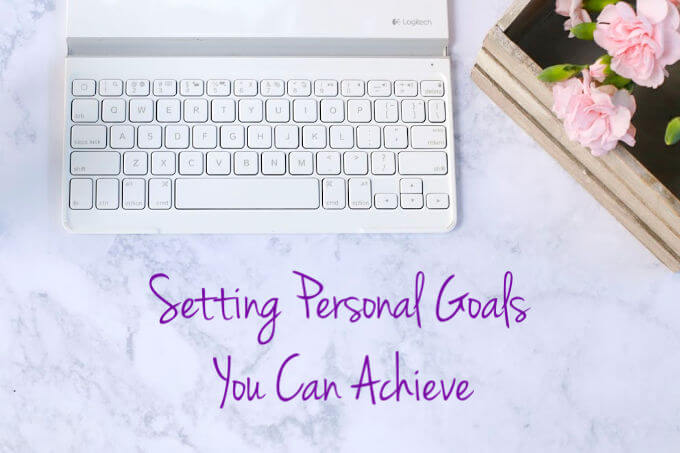Getting Started With Resistance Training
Last Updated on May 1, 2018 by lydiaf1963
This post originally appeared some years ago on Lydia’s Flexitarian Kitchen. I thought it would be good to update and revisit it.
You’ve decided you want to do some resistance training. Good for you! There are numerous physical and emotional benefits to be gained, not the least of which is the ability to get through your normal daily routine without feeling drained. First things first, use common sense when beginning any new fitness program. If you have any concerns, discuss your desire to exercise with your doctor or other health care professional who can help you decide if you can manage on your own or need to hire professional help. Most of us will be able to safely work out at home with minimal investment in equipment.

Resistance training and strength training are more or less the same thing. Basically, you’re working your muscles against an opposing force. As the demands on your body increase, you’ll build more muscle mass which is your goal. The additional muscle will keep you strong and help you resist injury. Remember, women don’t “bulk up” like men do without special training and diet, so set your mind at ease on that account.

Photo credit: © Zaretskaya | Dreamstime.com
Body Weight Exercises
When you’re starting out, just the weight of your hands and feet may be enough of a challenge for you as you lift your arms over your head or your legs off the floor (ask me how I know…). In fact, there are plenty of exercises you can do without any weights at all. Things like squats, lunges, push ups and pull ups use your own body weight and are very effective. Crunches and other exercises that help build core strength and flexibility would also fall in this category. Exercise systems like pilates, yoga and tai chi all rely on body weight to provide resistance while you work to maintain your balance and hold a position or move through a set of movements.
You’ll build strength and improve balance doing bodyweight exercises, but proper form is extremely important to avoid injury. You may also find anything more complicated than basic moves are impossible for you in terms of strength and flexibility. In my own case, I don’t have the necessary strength to hold my body in some arm balances, and I can’t manage to do a single pull up. Fortunately, I don’t need to do those things in order to perform everyday chores around the house, but it would be a big ego boost nice to build up to it eventually.

Dumbbells and Free Weights
For a modest investment, you can purchase a set of weights to help build strength in your arms, shoulders, chest and back. They’re also handy for creating an additional challenge when doing certain bodyweight exercises: for example, holding weights in your hands while doing a set of lunges.
You can purchase weights as light as 1 pound, and the lighter weights are easy to hold while doing aerobic exercise for an added challenge. However, if money is an issue consider this: a full gallon of milk weighs about 8 pounds and is usually handled with one hand. It makes sense to me that I need to at least be able to handle 8 pounds easily. The maximum I may need to lift one handed would be a bag of groceries. Some of us may have to carry that bag of groceries up a flight of stairs. Think about the amount of effort it takes to go about your daily business (sometimes called functional fitness). It doesn’t take a huge investment in time or equipment to improve your current fitness level. Wouldn’t it be nice to carry a load of clothes up the steps without a struggle?
A set of 3, 5 and 8 pound weights (or something similar) will be of use for a long time and is a good range of weights for a beginner. If you need lighter weights consider using household items, like a pound of rice or a can of soup. You can always buy heavier weights later, if you find you need them. Personally, I have a mish-mash of weights up to 12 pounds and Rick brought heavier dumbbells when he moved in (I’ve never used them). You’ll find them in the big box stores, your favorite sporting goods stores and also at flea markets and yard sales.

Resistance Bands
If dumbbells don’t appeal to you, consider purchasing resistance bands. They have the advantage of being much less bulky plus it’s easy to adjust the resistance by adjusting the length of the band. I prefer bands with handles, but there are other kinds available. They’re usually color coded to indicate the amount of effort needed to stretch the band. The medium and heavy bands will virtually eliminate the need to purchase heavier weights for most women. I have a set that allows you to anchor the bands to a door to allow for a wide range of exercises.
Let’s Do It!
Make sure to wear comfortable clothing, whether you’re using equipment or not. It’s distracting when your shorts ride up your butt, or your bra strap keeps falling off your shoulder. You may also wish to purchase a mat to help keep your feet from sliding.
As with body weight exercises, proper form must be followed when using any kind of free weights or resistance bands. Videos are great for demonstrating basic form. You will find free videos on SparkPeople where you can also track your exercises and monitor your progress. Otherwise, there are plenty of books, magazines and articles (like this one specifically for older folks) to help guide you in developing a program.
If you’re uncomfortable working out on your own or prefer to go to a gym, consider hiring a trainer to help you learn how to do the exercises safely and modify when needed. In a gym setting, a trainer can also teach you how to use the machines, some of which are very intimidating.
Now that you know how easy it is to get started, which method will you choose? Do you want to use hand weights, your own body weight or a combination of the two? No matter what you choose, make sure you have fun doing it and please let me know how you make out!






